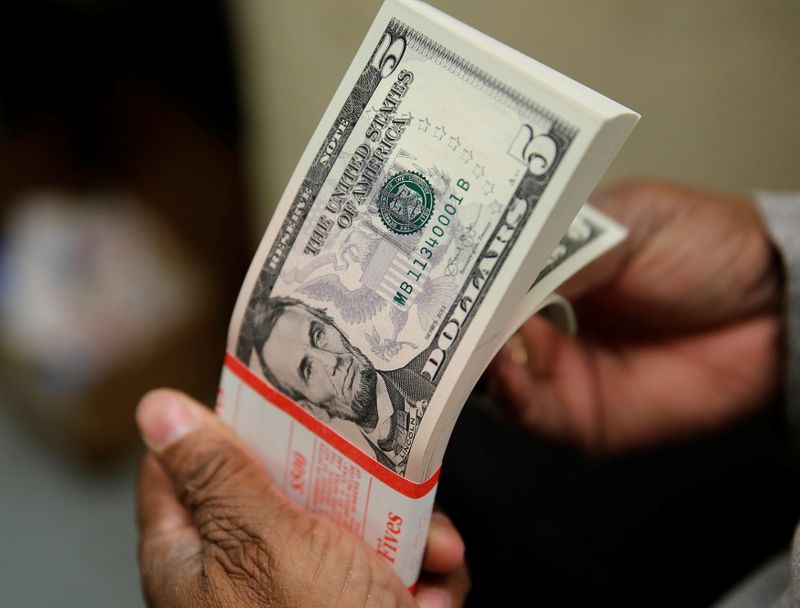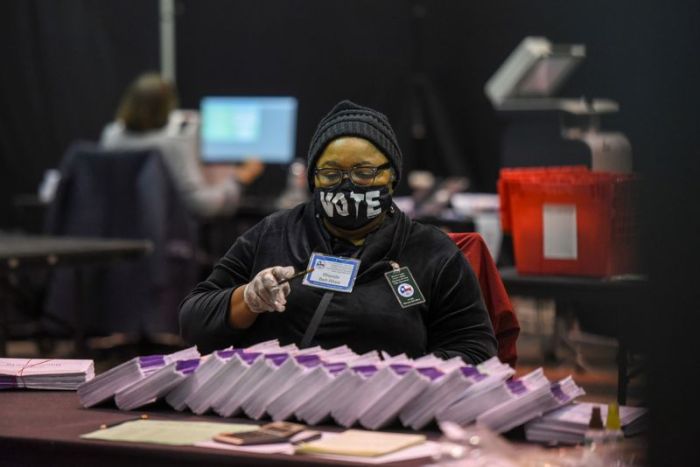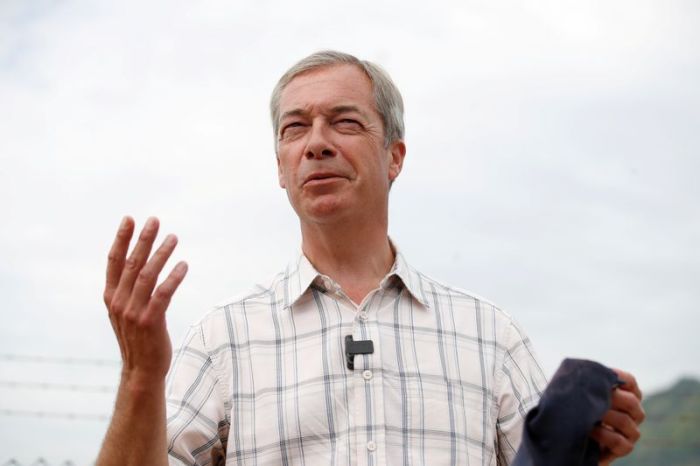NEW YORK (Reuters) – The U.S. dollar hit one-month highs against a basket of peers on Monday and expected volatility in major currencies rose to the highest levels since April on investor jitters over the outcome of Tuesday’s U.S. presidential election.
The dollar has strengthened in the past week as risk sentiment soured, with investors reducing positions due to uncertainty over the result.
“The move we saw last week was a pretty broad derisking and I think that makes a lot of sense; people are naturally skeptical about any sort of prognostication with regards to the election after what happened four years ago,” said Erik Nelson, a macro strategist at Wells Fargo in New York.
Democratic challenger Joe Biden leads in national opinion polls, but the race looks close enough in battleground states that President Donald Trump could win the 270 Electoral College votes needed to win.
Investors are also hesitant to trust polls after the majority failed to predict Trump’s victory in 2016.
“The closer the election is, the more likely it is to be delayed or contested and that’s the perfect storm for risk assets to go down,” Nelson said.
The dollar index <=USD> was last up 0.02% at 94.12 after reaching 94.29, the highest since Sept. 29. The euro <EUR=> dipped 0.14% to $1.1631 and the greenback climbed 0.16% to 104.81 yen <JPY=>.
One-week implied volatility gauges for the euro <EUR1WO=R> and the yen <JPY1WO=R> were both above 11%, the highest since the beginning of April.
“Volatility is rising because liquidity for hedges around the election is very thin. Everyone’s the same way, there’s no one selling this stuff thinking everything’s great,” said Jordan Rochester, forex analyst at Nomura. Generally, traders are hedging for a decline for the euro and a rise for the dollar.
A surge in global coronavirus cases also weighed on sentiment. In Europe, new COVID-19 cases have doubled in five weeks, a Reuters tally showed, with total infections surpassing 10 million.
The British pound also weakened after Prime Minister Boris Johnson announced over the weekend a one-month lockdown across England.
Sterling fell as low as $1.2852 <GBP=>, the lowest since Oct. 7. It was last trading at $1.2900, down 0.32% on the day.
The Federal Reserve will conclude its two-day meeting on Wednesday. U.S. jobs data for October is also in focus on Friday.
(Additional reporting by Olga Cotaga in London; Editing by Emelia Sithole-Matarise, Dan Grebler and Richard Chang)





















